395 - Twin Cavity FIR Laser
The 395-FIR features two identical far-infrared (FIR) laser cavities within a single 5 bar invar stabilised frame.
Designed for applications where two FIR outputs are required such as plasma diagnostics, with one frequency offset from the other by up to a few MHz.
Both FIR cavities of the 395 are pumped by a single high power CO2 laser – the PL6 laser. This ensures optimum stability of the Intermediate Frequency (IF). A 50/50 beam splitter is used to generate the two identical pump beams required.
If you would like to integrate a FIR laser with a high power CO2 laser into one housing please see our FIRL-100 product.
Product Description
Far-Infrared (FIR) laser frequencies arise from rotational transitions in an excited vibrational state of a polar gas molecule at low pressure.
The optically pumped FIR laser relies on the selective absorption of tuneable infrared radiation to create a population inversion between rotational states and hence generation laser action. In practice, a few molecules are chosen to provide discrete frequencies across the entire FIR spectrum from 40 μm upwards. Tables of FIR lines are available on request.
Upgrades
Laser Stabilisers
For applications demanding excellent medium and long tern stability, an active stabiliser may be required. This will compensate for laser output fluctuations caused by changes in ambient conditions and lock the variation in laser frequency or power to a value close to the passive jitter. Edinburgh Instruments has designed a family of active stabilisation techniques appropriate to the type of laser and operating conditions. Stabilisation of laser output is possible for up to 60 minutes.
Laser Pumping and Refilling Systems
All flowing gas laser systems are supplied with the necessary valves, gauges and vacuum couplings for simple connection to the system vacuum pump. A range of turbo molecular and dry pumps are available as upgrades. Please contact us for more information.
Gas Mixing Stations
These are designed to allow mixing and metering of up to 3 component gases from independent gas cylinders. Comprising of 3 inlet ports with individual flow meters or needle valves for gas mixing or gas flow operation.








